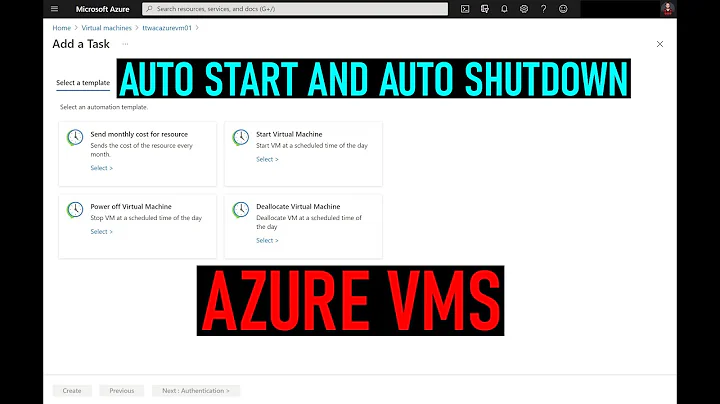How do you make a host workstation boot into a Virtual Machine and shutdown Upon VM Shutdown
Here's what I did:
I installed Ubuntu Desktop 12.04 onto the workstation, and set it to where the user automatically logs in (an option during installation).
Then I installed Virtual Box: sudo apt-get install virtualbox-ose
Then, I installed Windows XP into a VirtualBox virtual-machine.
After that, I launched virtual box and right clicked on that virtual machine and selected "Create Shortcut on Desktop".
With the shortcut on the desktop, right-click on it an go to properties. Copy the command that launches this specific virtual machine.
Last, from the power menu of Ubuntu 12.04 (top-right), select "Start Up"; add an entry named Windows XP and paste the launch-command you copied from the Desktop shortcut you created. Alter that command by putting in the --fullscreen parameter.
After you do all this, you can reboot the workstation. It will automatically boot and log into Ubuntu, then it will automatically launch the Windows XP virtual machine fullscreen.
The employee doesn't have to know anything about ubuntu. The only thing you have to tell him, is that instead of ctrl-alt-delete, he must hit right-crtl-delete to get to his windows login prompt.
Before you let the employee use this virtual workstation, you'll want to clone it, and save a copy of it elsewhere (so if he ever screws it up, you can use replace his virtual machine image with the one you initially created).
To move this 13gig file somewhere else, I installed openssh-server onto the ubuntu workstation: sudo apt-get install openssh-server
After this, from the destination machine I installed filezilla client: http://filezilla-project.org/download.php/
With Filezilla, I was able to login to the ubuntu workstation via sftp, and download the cloned virtual machine for safe keeping.
Related videos on Youtube
LonnieBest
Do your work willingly, as though you were serving the Lord himself, and not just your earthly master. -Colossians 3:23 The thing about quotes on the internet is that you cannot confirm their validity. -Abraham Lincoln
Updated on September 18, 2022Comments
-
 LonnieBest over 1 year
LonnieBest over 1 yearI'm dealing with a company that has 21 windows workstations.
I'd like to install linux on them to host Windows via a virtual machine.
I'd like each workstation to hide linux from the user, in that, I don't want them to be able to use the linux desktop.
After linux boots in the workstation, I want it to launch the windows virtual machine automatically.
When the user shuts down the virtual machine, I want the linux host to also shutdown. However, if the user reboots the virtual machine, I want the linux host to stay up.
Are there any VM solutions available, that are designed to be this transparent to the end-user?
-
John Gardeniers almost 12 yearsExactly what are you hoping to achieve by doing this that you can't do by simply installing Windows on each of those machines? If you're using the host OS only to host the VM then you lose far more than you could ever hope to gain.
-
 LonnieBest almost 12 yearsmanageability - make one image and deploy to all workstation. If user corrupts image, copy over the image with the original and boot from it.
LonnieBest almost 12 yearsmanageability - make one image and deploy to all workstation. If user corrupts image, copy over the image with the original and boot from it. -
John Gardeniers almost 12 yearsYou can do exactly the same thing without it being a VM.
-
HopelessN00b almost 12 years@LonnieBest Um, what you're looking for is actually an imaging system and a standard image to go with it. I recommend F.O.G (Free Open Source Ghost) or Clonzeilla and a nice, clean base image that you keep updated, periodically. Do it right, and it's quicker to slap an image back down on a machine than it is to get a user to tell you what they screwed up.
-
 LonnieBest almost 12 yearsAll the workstations are different brands and models, and therefore need different drivers etc. With a virtual machine, I can have one image that will run on all of them (top of a linux base system).
LonnieBest almost 12 yearsAll the workstations are different brands and models, and therefore need different drivers etc. With a virtual machine, I can have one image that will run on all of them (top of a linux base system).
-




